Sculptures were necessary in ancient times since they symbolized everything from: divinity to elites or important figures, they normally represented emperors and/or their wives. Nowadays, many historical pieces are discovered every day that help to recreate the past or how people behaved. a particular civilization! The Roman civilization, along with the Egyptian one, is the most studied of all time for its technological advances and its warlike and social exploits! Visiting the Archaeological Museum of Mertola will help us understand a little more about the social aspects of the Romans who inhabited Portugal between the centuries: (I-IV).🧔🧠🕵️♀️👨💻
Las esculturas eran necesarias en la antiguedad ya que simbolizaban desde: divinidad hasta elites o personajes importantes, normalmente representaban a emperadores y/o sus esposas, en la actualidad se descubren todos los dias muchas piezas historicas que ayudan a recreer el pasado o como se comportaba una civilizacion en particular! siendo la civilizacion Romana junto con la egipcia la mas estudiada de todos los tiempos por sus avances tecnologicos y sus azañas belicas y sociales! visitar el Museo Arqueologico de Mertola nos ayudara a comprender un poco mas los aspectos sociales de los Romanos que habitaron Portugal entre los siglos: (I-IV).💂♂️🎨🥽🗿
The discoveries of the Roman relics were discovered in 1984, when analyzing all the pieces found, the scientists estimated that they were from the time of the Roman occupation in the city of Mertola between the 1st to the 4th century after Christ, the house where the objects is the city hall, however to preserve the original place a basement was built where it is believed that there were some Roman houses and it makes sense because in the excavations several objects of decorative or personal use such as jugs were found! The museum is free, you have access on weekdays and I invite you to visit it if you come to Portugal you will see objects that you have never seen before in such good condition as coins!📚🎨🚩👨🏫
Los descubrimientos de las reliquias romanas fueron descubiertos en 1984, al analizar todas las piezas encontradas los cientificos estimaron que eran de la epoca de la ocupacion Romana en la ciudad de Mertola entre el siglo I al IV despues de Cristo, la casa donde se encontraron los objetos es el ayuntamiento de la ciudad, sin embargo para conservar el lugar original se construyo un sotano donde se cree que habian algunas casas Romanas y tiene sentido porque en las excavaciones se encontrarons varios objetos de uso decorativos o personales como jarras! el museo es gratis, tienes acceso los dias de semana y te invisto a visitarlo si vienes a Portugal veras objetos que nunca antes los habias visto en tan buenas condiciones como monedas!🗿🧠🙇♂️🧔
The statue of Togado was found in excellent condition in the town of Mertola, it dates back to the 1st century after Christ, it has a dimension of 1780mm x 900mm, the statue of Togado is sculpted in a single block of white marble and represents the male figure of a high Roman official, is standing and due to its imposing size the Romans demonstrate with sculptures like this the power of a character in society, it was discovered in the 19th century and was found in a small cave called "pink house", when The museum opened in 1988. The statue was donated by its discoverer and today it is one of the best preserved pieces in Mertola!🗿👨💻📚🧠
La estatua de Togado fue encontrada en excelentes condiciones en la villa de Mertola, data del siglo I despues de Cristo, tiene una dimension de 1780mm x 900mm, la estatua de Togado es esculpida en un unico bloque de marmol blanco representa la figura masculina de un alto funcionario romano, esta de pie y por su imponente tamaño los Romanos demuestran con esculturas como esta el poder de un personaje en la sociedad, fue descubierta en el siglo XIX y fue encontrada en una pequeña cueva llamada "casa de color rosa", cuando se abre el museo en 1988 la estatua fue donada por su descubridor y el dia de hoy es una de las piezas mejor conservadas de Mertola!📚🙇♂️🧠
As I mentioned at the beginning, this is a basement where most of the exhibited objects were found and it is believed that it was a small Roman villa, with less than 200 meters we can see the original walls used by the Romans, it is a perfect masonry where they used rocks from the area like: "xisto" and a mixture of sand, mud and sometimes lime!📚🧠
Como les comentaba en el inicio esto es un sotano donde se encontraron la mayoria de los objetos exhibidos y que se cree que era una pequeña villa romana, con menos de 200metros podremos ver las paredes originales usadas por los Romanos, es una perfecta maposteria donde empleaban rocas de la zona como: "xisto" y una mezcla de arena, barro y algunas veces cal!🏛🚩


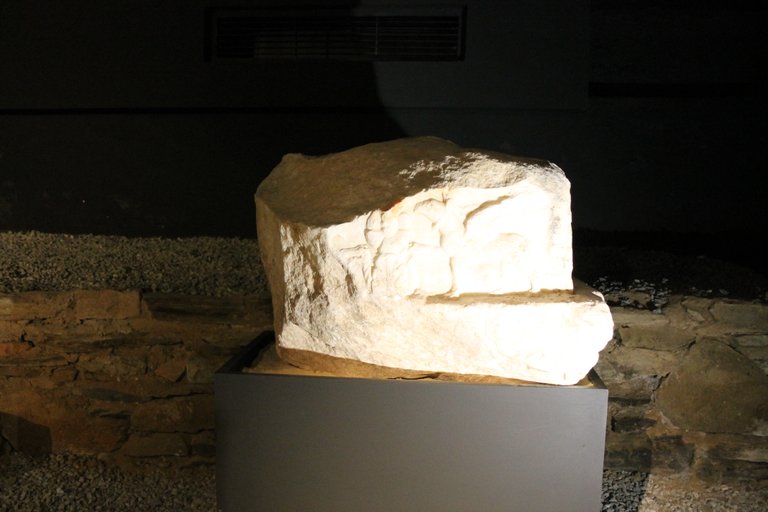
This is a very beautiful piece decorated and of course built in marble, it is the upper part of a column that supported some large structure, this was found in 2004 and according to scientists it dates back to between the 1st and 2nd centuries. of Christ, due to the beautiful finishes, it is believed that it was probably inside the house of some important person such as a high-ranking politician or military man, and this is suggested by the sculpted griffin.🧠🗿
Esta es una pieza muy bonita decorada y claro construida en marmol, se trata de la parte superior de una columna que hacia soporte a alguna estructura de gran tamaño, esta fue encontrada en 2004 y segun los cientificos data de entre los siglos I-II despues de Cristo, por los hermosos acabados se cree que probablemente estaba dentro de la casa de alguna persona importante como politico o militar de alto rango, y eso se sugiere por el grifo esculpido.🤴🧔
Source: museum information

Everyday objects🙇♂️📚/ Objetos cotidianos🧠🗿

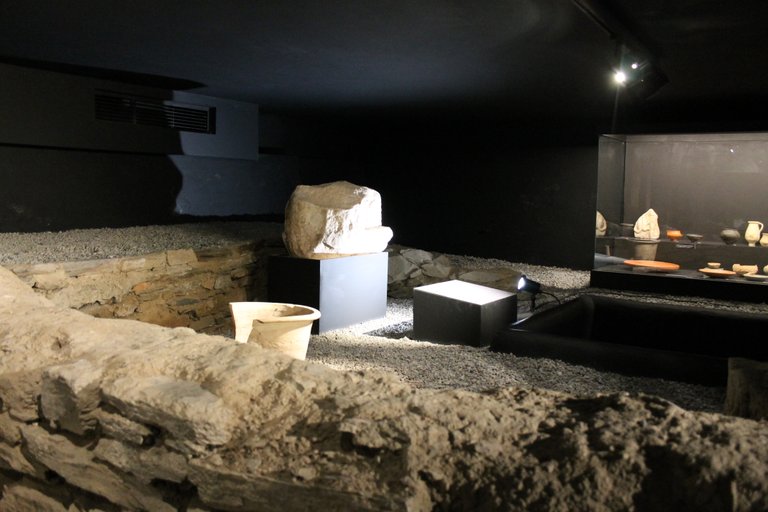
Here we see a large number of amphorae, objects that fulfill the same function as a clay jar, however their design allowed them to withstand long trips, usually by sea, their main function was to transport food, Mertola was a city with rivers that flow into several tributaries of the Mediterranean therefore it was common to find these amphorae throughout the city, this is where more than 30 were found in 1954 and they all date from the republican era of the 1st century, many of them traveled to Lisbon traveling more than 150 kilometres🗿🧠📚
Aqui vemos un gran numero de anforas, objetos que cumplen la misma funcion de una jarra de barro, sin embargo su diseño les permitia resistir largos viajes comunmente por el mar, su principal funcion era transportar alimentos, Mertola fue una ciudad con rios que desembocan en varios afluentes del mediterraneo por tanto era comun encontrar estas anforas por toda la ciudad, en este sitio fue donde se encontraron mas de 30 esto en 1954 y todas datan de la epoca republicada del siglo I, muchas de ellas viajaron hacia lisboa recorriendo mas de 150 kilometros🌏⛵
Source: museum information

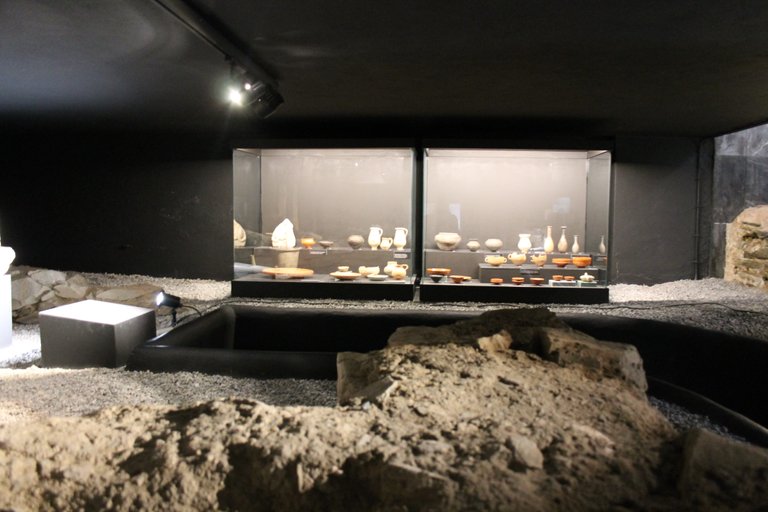

Here we can see several historical pieces that were found throughout the country and that were donated by the Lisbon museum to Mertola, one of them almost a century old, while the other decorative objects and another sculpted with a message to the deity, many considered as cultural heritage.📚🌏
Aqui podemos ver varias piezas historicas que fueron encontradas por todo el pais y que fueron donadas por el museo de Lisboa a Mertola, una de ellas con casi un siglo de antiguedad, mientras las otras objetos decorativos y otra esculpida con un mensaje a deidad, muchas consideradas como patrimonio cultural.🗿🏛🎨
Source: museum information

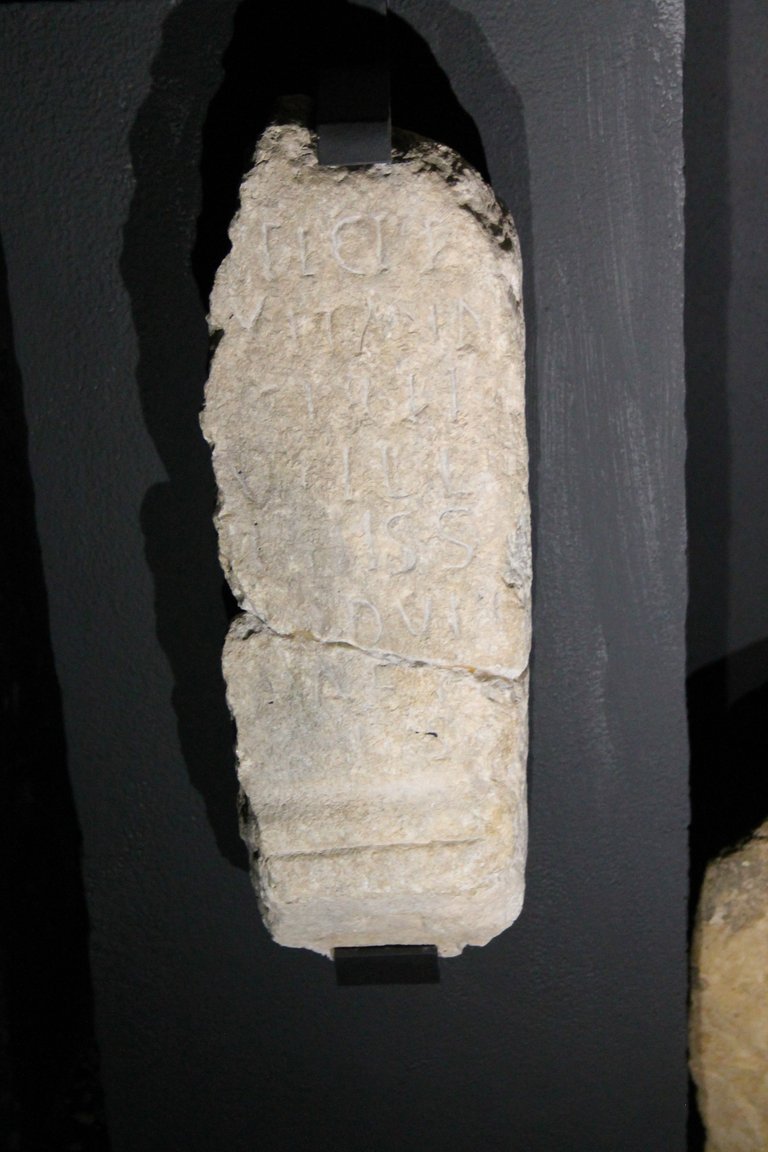
Christian era tombstone🚩🙇♂️
Through the inscriptions on the stones we can identify the contact of the society with the religious, social and political world of the Romans, all those found in the city of Mertola or baptized by the Romans as: (Mytrilis) many were taken to Lisbon but remained the eight most interesting in the museum! These tombstones placed on the roads helped to invoke the gods who protected travelers!📚🧠
Por las inscripciones en las piedras podemos identificar el contacto de la sociedad con el mundo religioso, social y politico de los Romanos, todos los encontrados en la ciudad de mertola o bautizada por los romanos como: (Mytrilis) muchos fueron llevados a Lisboa pero permanecieron los ocho mas interesantes en el museo! estas lapidas colocadas en los caminos ayudaban a invocar a los dioses quienes protegian a los viajeros! !🏛🚩
Source: museum information

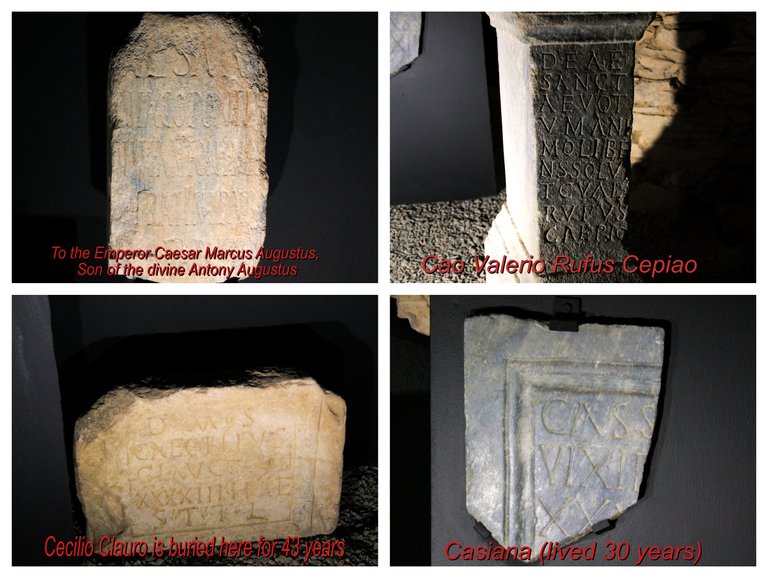

It is because of objects like these that it is worth visiting these museums, here you can see many tombstones with writings in Latin that tell a summary of the life of each person who was buried, in reality many thought that the Romans always burned the dead but they They practiced burial for many centuries. In reality, they had orders to take their dead outside the cities to avoid diseases or at least the humble class.🗿📚🧠
Por objetos como estos es que vale la pena visitar estos museos, aqui puedes ver muchas lapidas con escritos en latin que relatan un resumen de la vida de cada persona que fue sepultada, en realidad muchos pensaron que los Romanos siempre quemaban a los muertos pero ellos practicaron el entierro por muchos siglos en realidad tenian orden de llevar a sus muertos fuera de las ciudades para evitar enfermedades o al menos la clase humilde🙇♂️🧔🌏



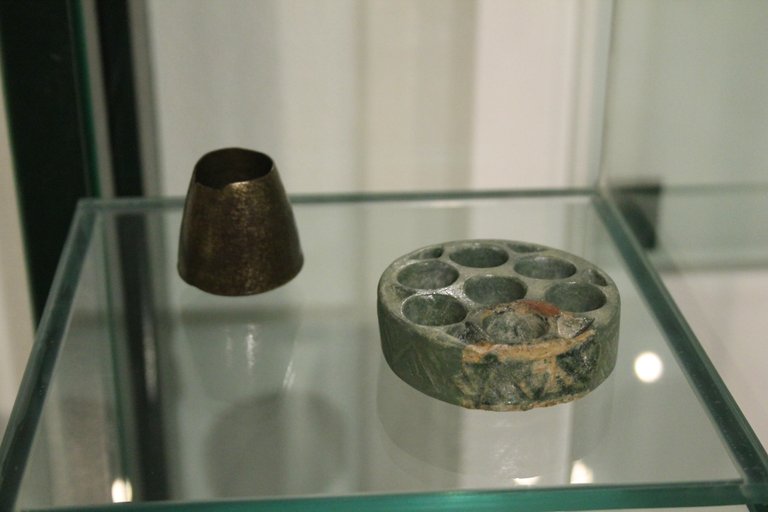
For free time, the Romans carried out many types of social activities such as that famous game "Backgammon" that was played on a stone board and with stone or wooden pieces it was common to play it while socializing or simply in the form of bets! some created musical instruments with materials ranging from bones to wood!📚🧠
Para los tiempos libres los Romanos realizaban muchos tipos de actividades sociales como aquel famoso juego "Backgammon" que se jugaba en un tablero de piedra y con piezas de piedra o madera era comun jugarlo mientras se socializaba o simplemente en forma de apuestas! algunos crearon instrumentos de musica con materiales que iban desde huesos hasta madera!🗿🎨📚
Source: museum information

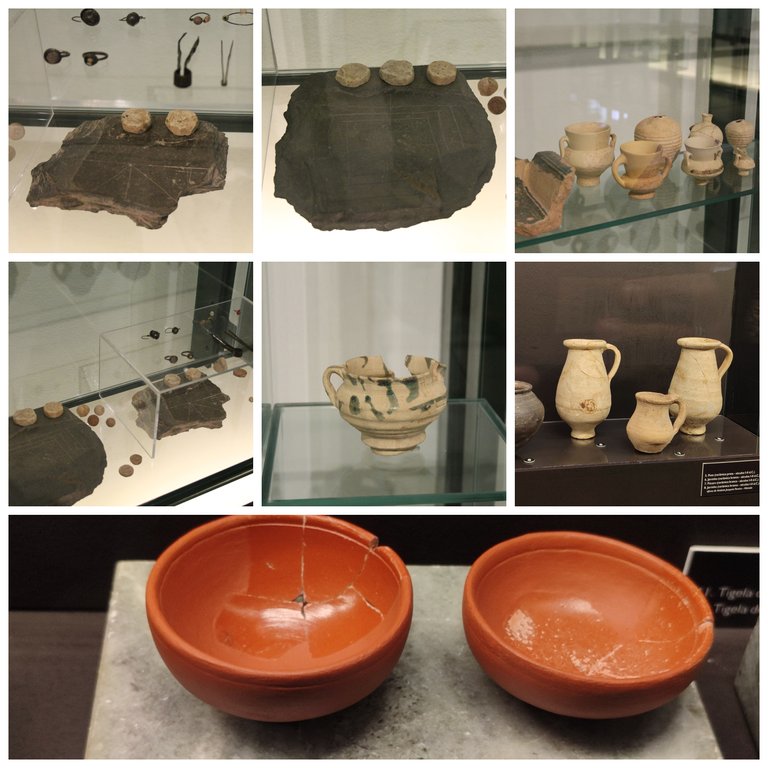
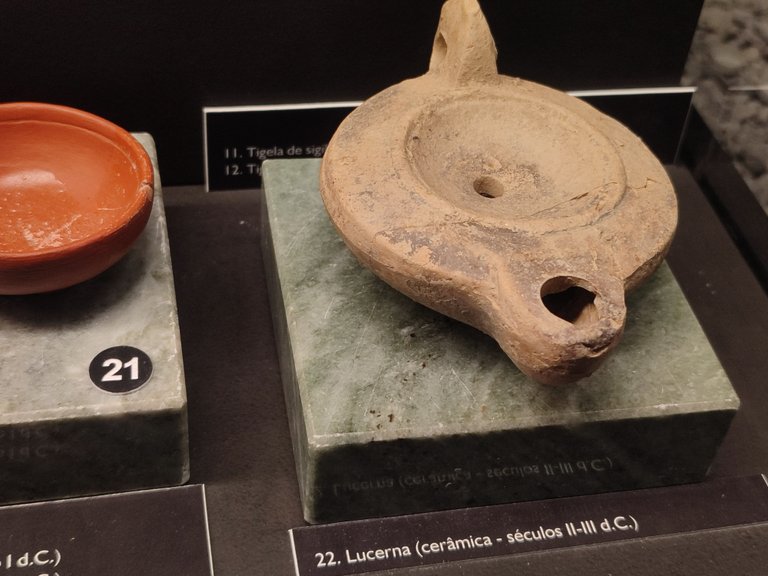
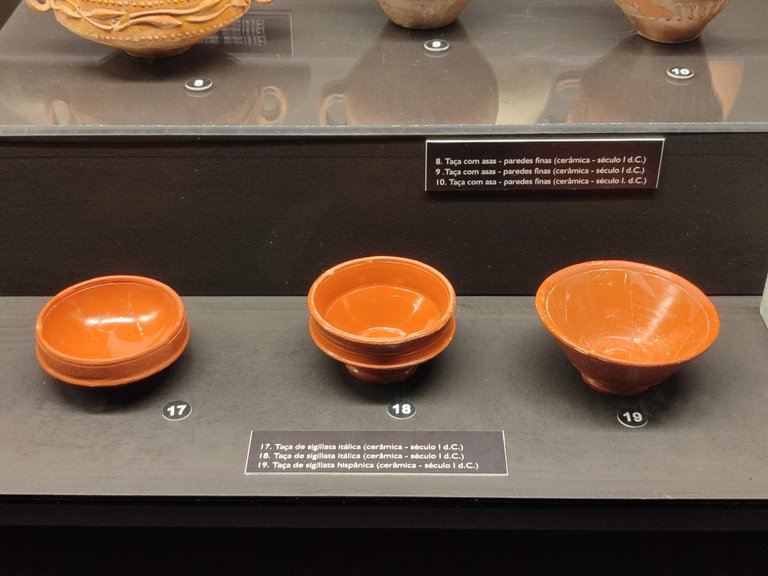


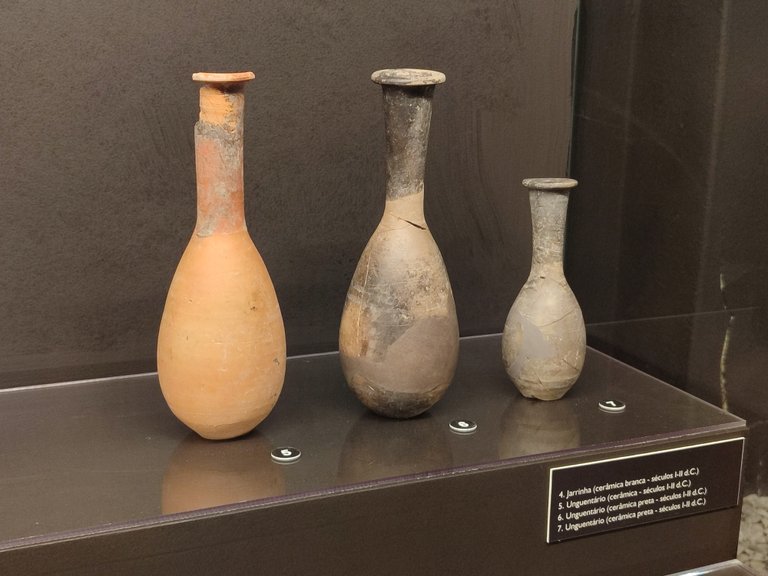
The city of Mertola was very important in Roman times because it occupied more than 65,000 square meters inhabited by different classes of Romans, it was a great military and commercial enclave! Many of the structures found date back to the 5th century and it was important for its location very close to the Guadiana River, who went directly to Hispania Cartaginensis, remembering that Portugal was Hispania Lusitania!🗿🧠
La ciudad de mertola era muy importante en la epoca Romana pues ocupaba mas de 65000 metros cuadrados habitados por diferentes clases de Romanos, era un gran enclave militar, comercial! muchas de las estructuras encontradas datan del siglo V y fue importante por su localizacion muy proxima del rio Guadiana quien iba directamente a hispania cartaginensis recordando que Portugal era hispania lusitania! 🌏🙇♂️



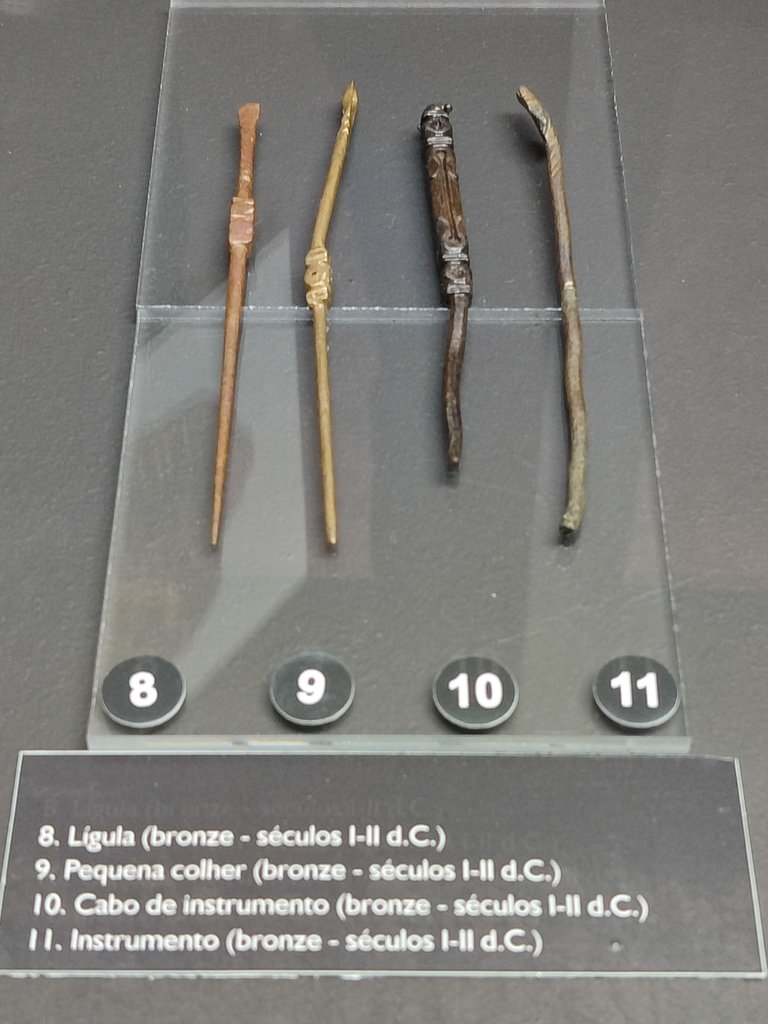



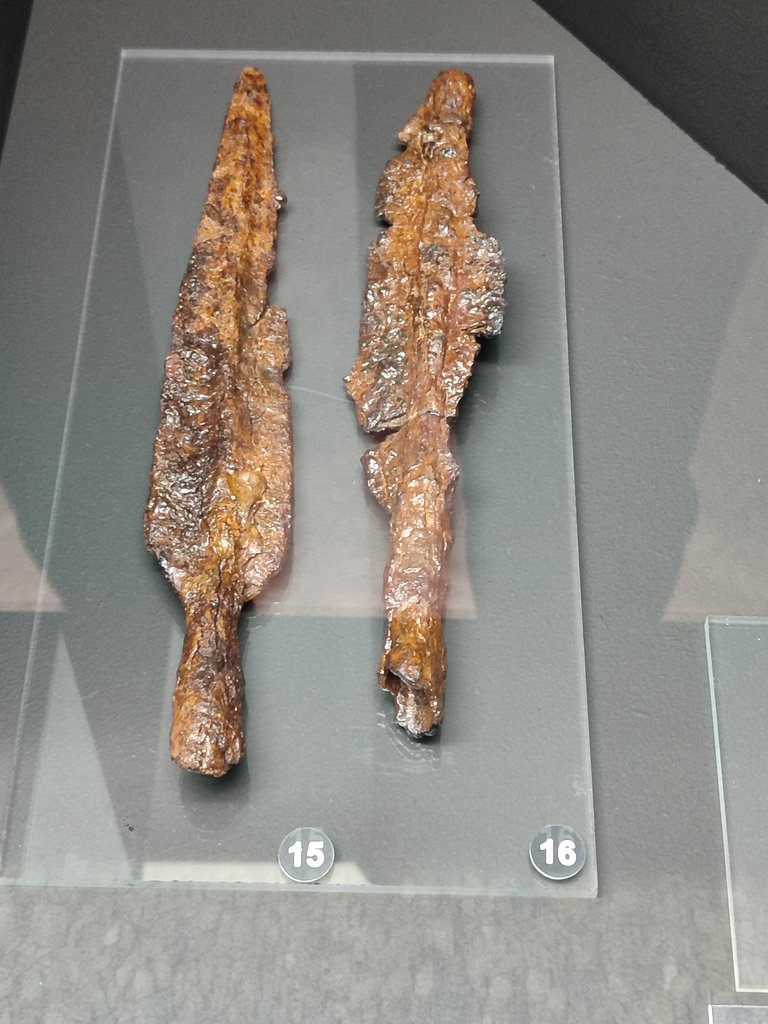
The house discovered, although all the doubts that arose to archaeologists are not clear, is believed to have two floors, one older than the other, it is believed that the lower one was from the 3rd century after Christ at the time of the crisis, the upper one seems be from the imperial era! Many thought it was a house of a person of high social status but it did not meet the requirements, so the archaeologists came to the conclusion that it belonged to an ordinary merchant.🗿🧠📚
La casa descubierta apesar que no estan claras todas las dudas que surgieron a los arqueologos se cree que poseia dos pisos, uno mas antiguo que otro se cree que el inferior era del siglo III despues de cristo en la epoca de la crisis, el superior parece ser de la epoca imperial! muchos pensaron que era una casa de un personaje de alto estatus social pero no cumple con los requisitos, asi que los arqueologos llegaron a la conclusion que pertenecio a un comerciante comun y corriente.👨💻🏛
Source: museum information

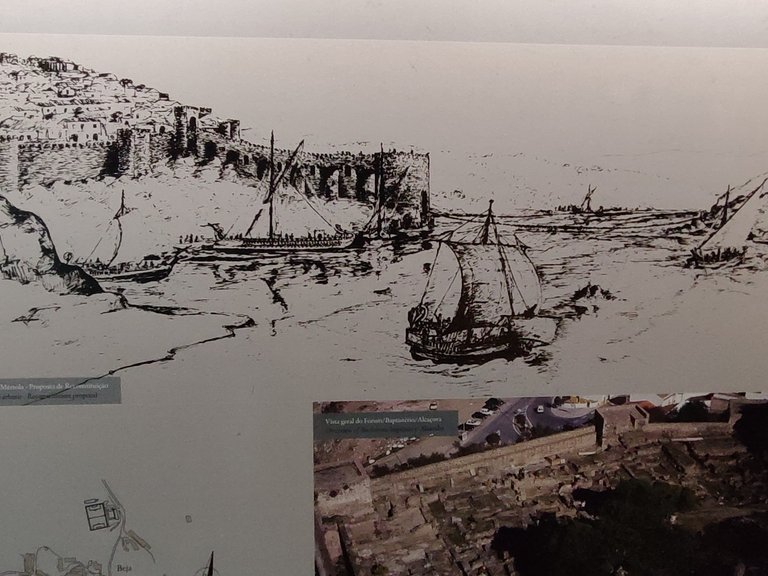

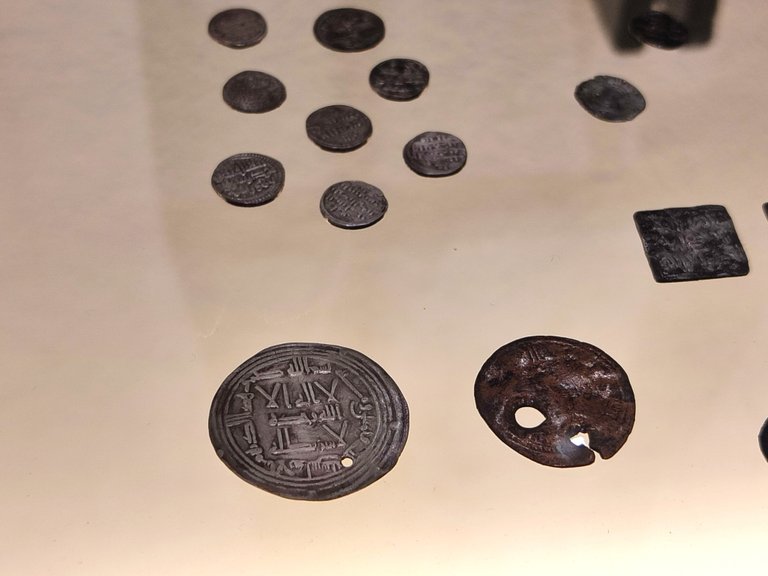

DNA is an organization to foster and DENSIFY NATURE-APPRECIATION which aims to establish REPORTS OF BIODIVERSITY DATA that is contributed by all of us Hiveans and subsequently cataloged.
Therefore DNA searches for HIGH-QUALITY posts that aim to DESCRIBE and determine the BIODIVERSITY AROUND YOU with added EXPLANATIONS and INFORMATION. For these informative posts they offer a CURATION SERVICE using the @dna.org account. It is also a CURATION TRAIL. Just add the #dna TAG if you think that any of your posts is what they are looking for.
THANKS FOR READING ME (PHOTOS, AND INFORMATION OF MY PROPERTY) / GRACIAS POR LEERME FOTOS, E INFORMACION DE MI PROPIEDAD🙂🧠🦾👍

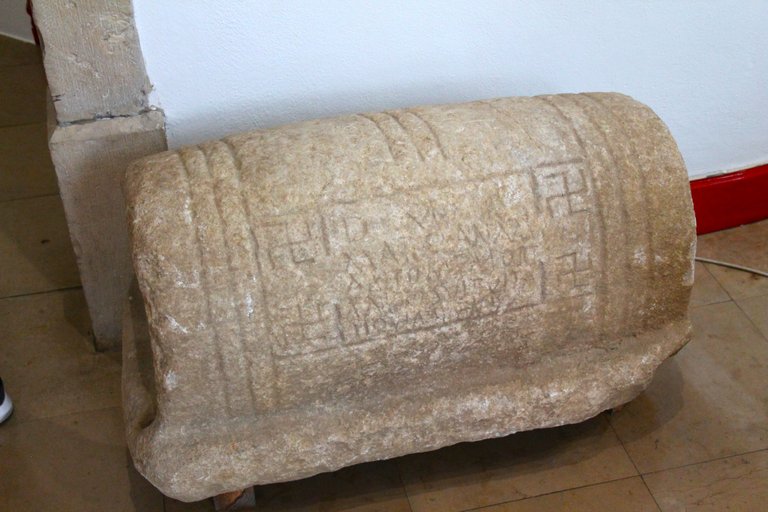
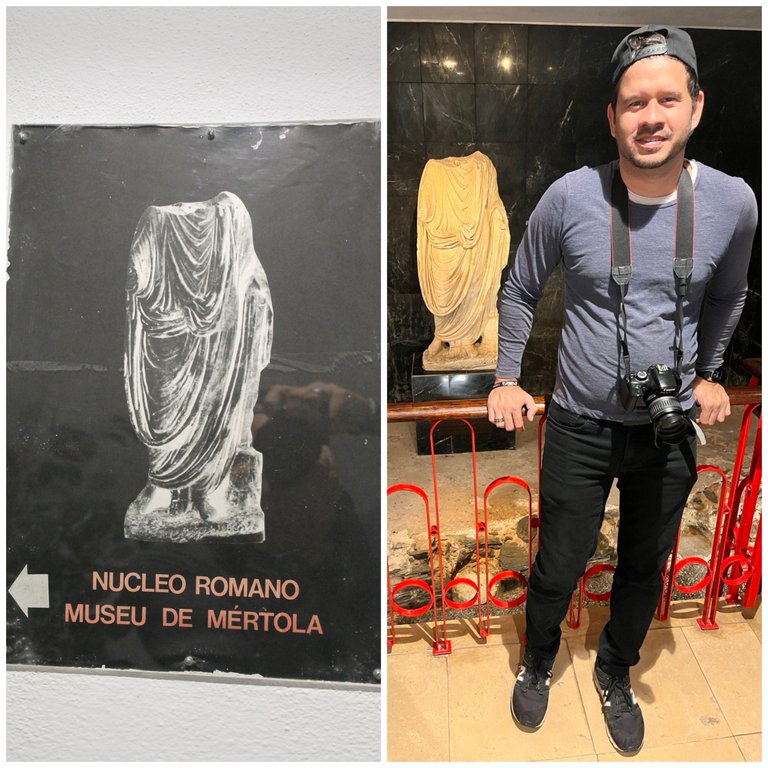



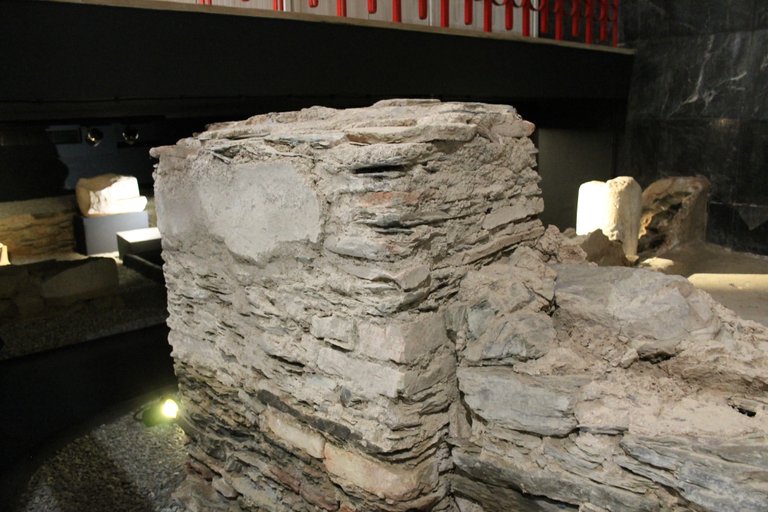
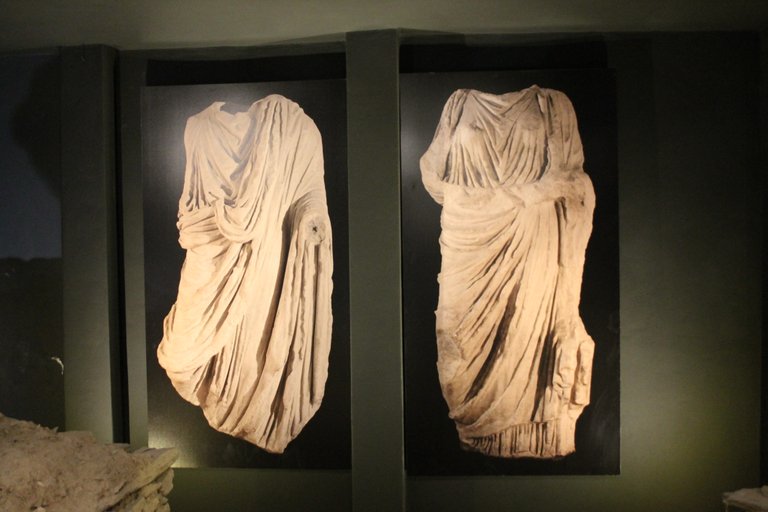






































Congratulations, your post has been added to Pinmapple! 🎉🥳🍍
Did you know you have your own profile map?
And every post has their own map too!
Want to have your post on the map too?
Thanks for your contribution to the STEMsocial community. Feel free to join us on discord to get to know the rest of us!
Please consider delegating to the @stemsocial account (85% of the curation rewards are returned).
You may also include @stemsocial as a beneficiary of the rewards of this post to get a stronger support.